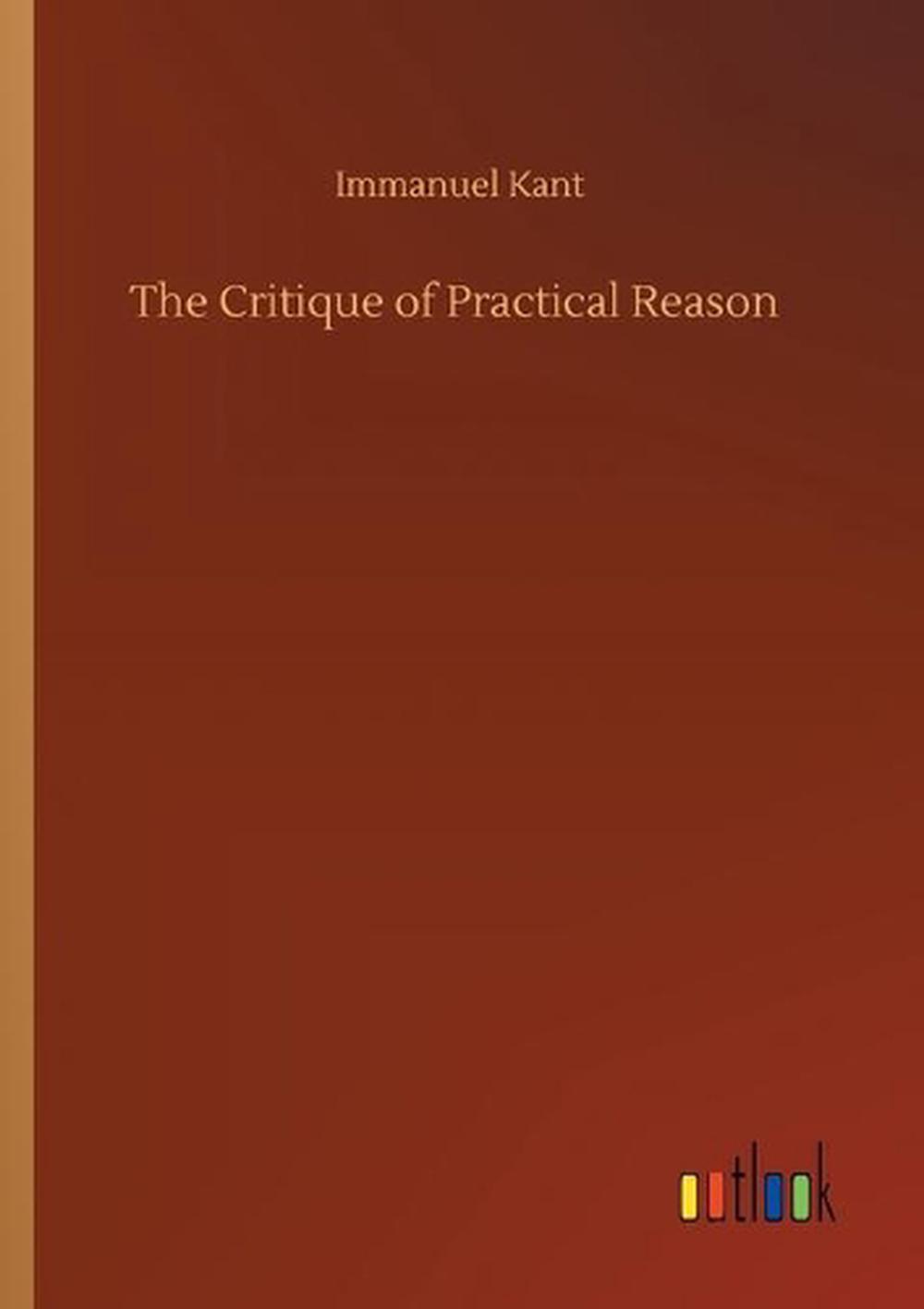
Sorabji R (2014) Moral conscience through the ages: fifth century BCE to the present. The reasons in which it deals are considerations that speak in favor of particular actions being good, or worthy of performance in some way. Oxford University Press, Oxford, UK/New York Practical reason, by contrast, is concerned not with the truth of propositions but with the desirability or value of actions. Singer P (1997) How are we to live? Ethics in an age of self-interest. Cambridge University Press, Cambridge, UK Ruse M (2021) A philosopher looks at human beings.

Academic Press, San Diego/London, pp 31–38

In: Chadwick R (ed) Encyclopedia of applied ethics, vol 3. Oxford University Press, Oxford, UK/New York Parfit D (2011) In: Scheffler S (ed) On what matters, vol 1. Blackwell Publishers, Oxford, UK, pp 175–185 Korsgaard CM (1996) The sources of normativity. Kant I (1998) Critique of pure reason (ed and trans: Guyer P, Wood AW), Cambridge University Press, London/Melbourne Kant I (1996) Critique of practical reason. Kant I (1974) Anthropology from a pragmatic point of view (ed and trans: Gregor MJ). Kant I (1972) The moral law: Kant’s groundwork of the metaphysics of morals (trans: Paton HJ). In: Abbott TK (trans) Kant’s critique of practical reason and other works on the theory of ethics. Kant I (1898) On a supposed right to tell lies from benevolent motives. Philosophia 47:369–386Ĭonant J (2016) Why Kant is not a Kantian. Continuum, London/New YorkĬhakraborty S (2019) The fact/value dichotomy: revisiting Putnam and Habermas. Macmillan, New Yorkīuber M (2004) I and thou (trans: Smith RG). While many commentators have assimilated the Typic to the aesthetic notion of 'symbolic hypotyposis' in the third Critique, the author contends that it has greater continuities with the theoretical notion of 'symbolic anthropomorphism' in the Prolegomena.Īs the first comprehensive, book-length study of the Typic that critically engages with the secondary literature, this monograph fills an important gap in the research on Kant's ethics and aesthetics and provides a starting point for further inquiry and debate.Beck LW (1988) Kant selections. In addition, the book situates the Typic, both historically and conceptually, within Kant's theory of symbolic representation. This book provides a detailed commentary on the Typic, elucidating how it enables moral judgment by means of the law of nature, which serves as the 'type', or analogue, of the moral law. With this volume, Werner Pluhar completes his work on Kants three Critiques, an accomplishment unique among English language. In a short chapter of the Critique of Practical Reason entitled “On the Typic of the Pure Practical Power of Judgment,” Kant addresses a crucial problem facing his theory of moral judgment: How can we represent the supersensible moral law so as to apply it to actions in the sensible world? Despite its importance to Kant's project, previous studies of the Typic have been fragmentary, disparate, and contradictory.


 0 kommentar(er)
0 kommentar(er)
